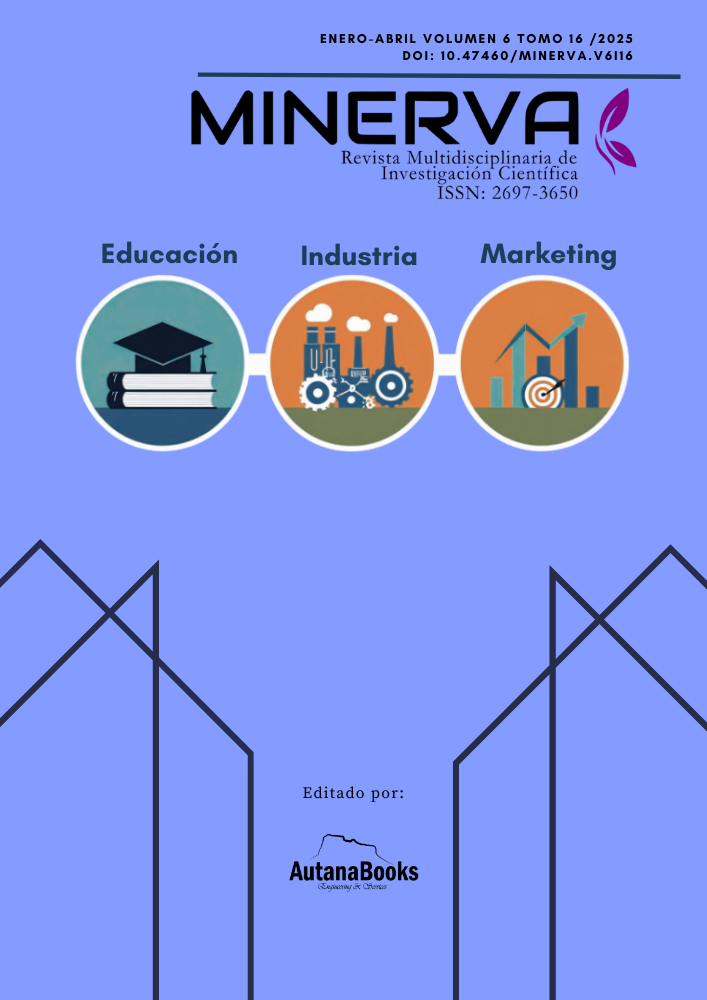Abstract
Productivity is undoubtedly the ability to optimize resources to obtain maximum performance in processes. The purpose of the research was to increase productivity in the returns area through an exhaustive analysis of the times in each stage of the process. Returns, caused by sales errors, merchandise damage and factory defects, were comprehensively evaluated, identifying inefficiencies such as unproductive times and delays in the handling of returned items. To address these problems, a descriptive methodology was used, applying the return to zero method to measure the times from the receipt of the items to their return to the inventory. The main results revealed the need to implement improvements that include the elimination and combination of unnecessary activities, which reduces standard times and increases productivity.
References
[2] K. Bravo, J. Menéndez y F. Peñaherrera, «Importancia de los estudios de tiempos en el proceso de comercialización de las empresas,» Revista Observatorio de la Economía Latinoamericana, 2018.
[3] S. Hu , Z. Sasha y B. Lev, «Supplier selection in disaster operations management: Review and research gap identification,» Socio-Economic Planning Sciences, vol. 82, 2022.
[4] M. Montoya, Á. González, I. Mendoza, M. Samaniego y J. Ling, «Metodología de ingeniería para aumentar la productividad laboral y eliminar el tiempo de increado,» Revista de Ingeniería y Gestión Industrial, vol. 13, nº 2, 2020.
[5] B. Salazar, «Ingenieria de Métodos,» 2019.
[En línea]. Available: https://ingenieriaindustrialonline.com/ingenieria-de-metodos/que-es-la-ingenieria-de-metodos/.
[6] F. Gutarra, Introducción a la Ingeniería Industrial, Lima, 2015.
[7] R. Sanchis, «Diagramación de Procesos,» Valencia, 2018.
[8] J. Mora y J. Telleria, «Diagnóstico del área de producción en el taller industrial independencia en la ciudad de león 2014.,» Managua, 2014.
[9] B. Niebel y A. Freivalds, Ingenieria Industrial, métodos, estandares, y diseño del trabajo, Mexico, 2009.
[10] K. Jijón, «Estudio de tiempos y movimientos para mejoramiento de los procesos de producción de la empresa calzado Gabriel,» Ambato, 2013.
[11] A. Arias, «La gestión de procesos,» 2018.
[12] J. Agrazal, «Investigación basada en métodos mixtos: desafíos y oportunidades,» Revista Centros, vol. 12, nº 2, 2023.
[13] Z. Vargas, «La investigacion aplicada: una forma de conocer las realidades con evidencia cientifica,» Revista Educación, vol. 33, nº 1, 2009.

This work is licensed under a Creative Commons Attribution 4.0 International License.

